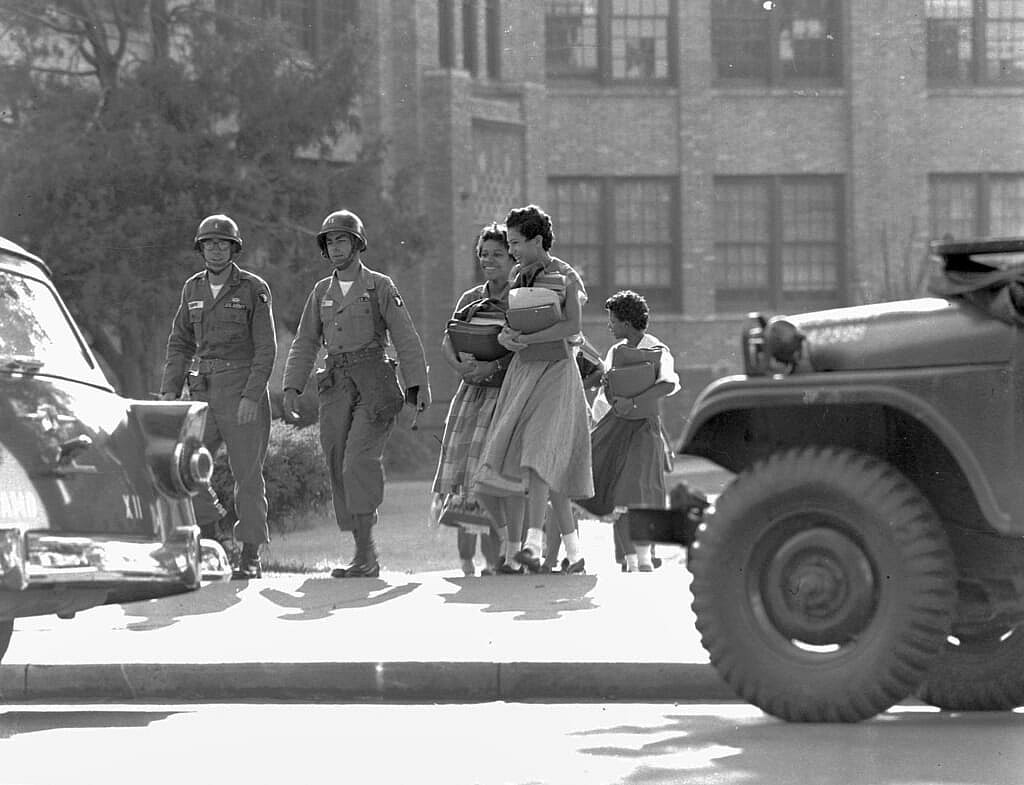A six-month moratorium on demolition and exterior building permits was imposed this week to prevent structural changes in the historic district where Little Rock’s Central High School is located.
The school is the site of the desegregation case involving the Little Rock Nine, a group of nine Black students who in September 1957 enrolled in Central High, which had previously only accepted white students. The attendance of the nine served as a test for Brown v. Board of Education, the 1954 U.S. Supreme Court decision that ruled segregation in public schools was unconstitutional.
The Arkansas Democrat-Gazette reported that the pause that the Little Rock Board of Directors placed on permits will give officials enough time to continue to explore the creation of a local-ordinance district for the Central High School Neighborhood Historic District.

When requests are made for select structural changes within an area, the local-ordinance district designation creates a public review component and the Little Rock Historic District Commission is the body that reviews the comments.
The Planning and Development Department and the Historic District Commission endorsed the creation of a local-ordinance district in a draft city report obtained by the Democrat-Gazette. It refers to the area where Central High is located as an “endangered historical resource” that is at risk of losing its National Register designation.
Currently, the historic district extends from an area just north of Central High along West 12th Street to the southeast corridor at the intersection of West Roosevelt Road and Martin Luther King Jr. Drive.
The area, the draft report reads, “suffers extensively from demolitions, property neglect, and incompatible alterations.”
It continues, “The City of Little Rock has enacted multiple indirect tools to address this endangerment over the years, but these have fallen short of impacting the issue in a meaningful way.”
The draft report estimates the current eligibility ratio of historic structures to be 59%, noting that a historic district on the National Register must retain a ratio of at least 51%.
The historic district was initially added to the National Register in 1996 and expanded boundaries were added in 2012, the Democrat-Gazette reported.
The moratorium, which extends until at least January 2023, will not apply to building permits that are already pending with the city’s planning and development department, interior-only permits, damaged structures or interior-only permits that are already in place.
TheGrio is FREE on your TV via Apple TV, Amazon Fire, Roku and Android TV. Also, please download theGrio mobile apps today!

